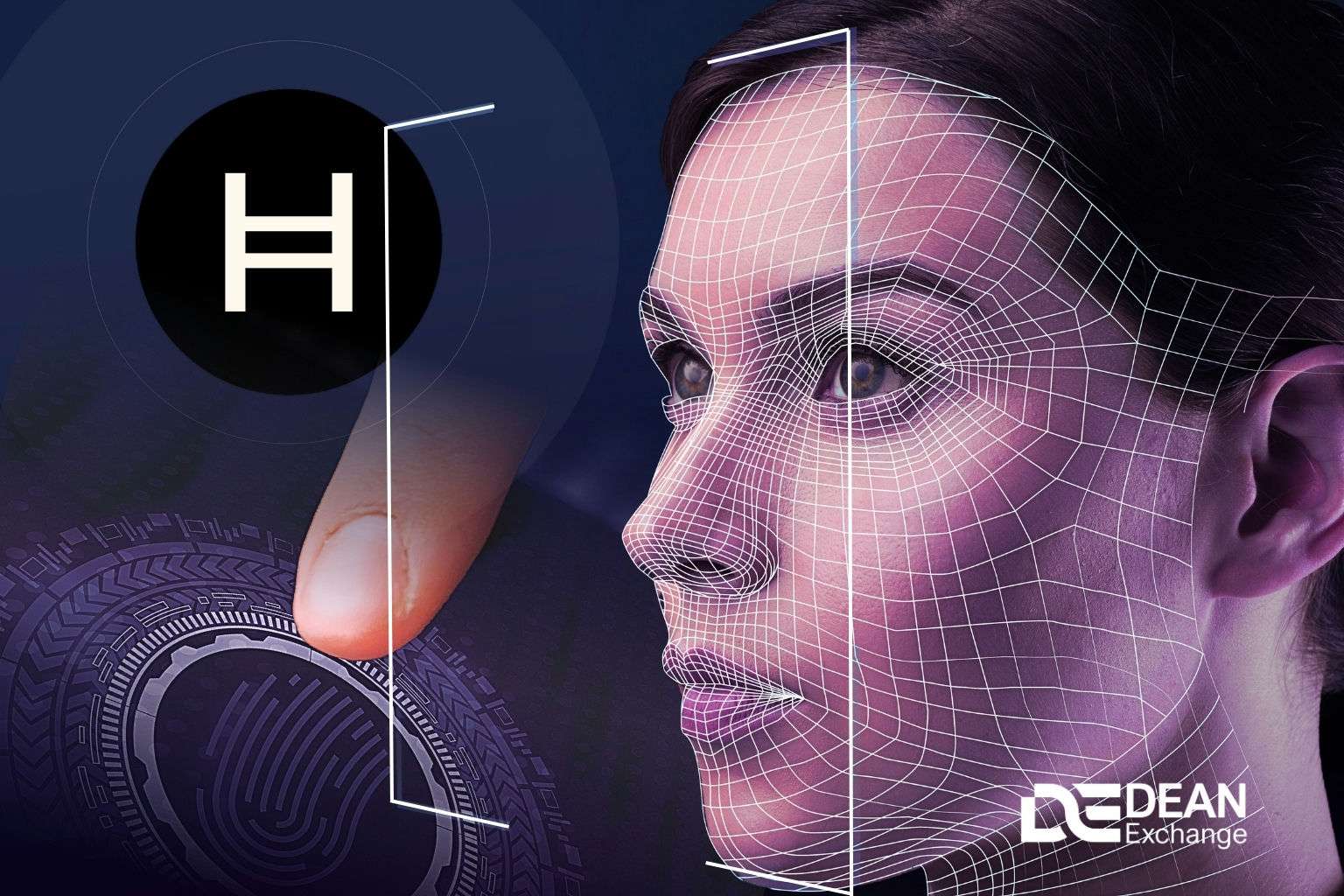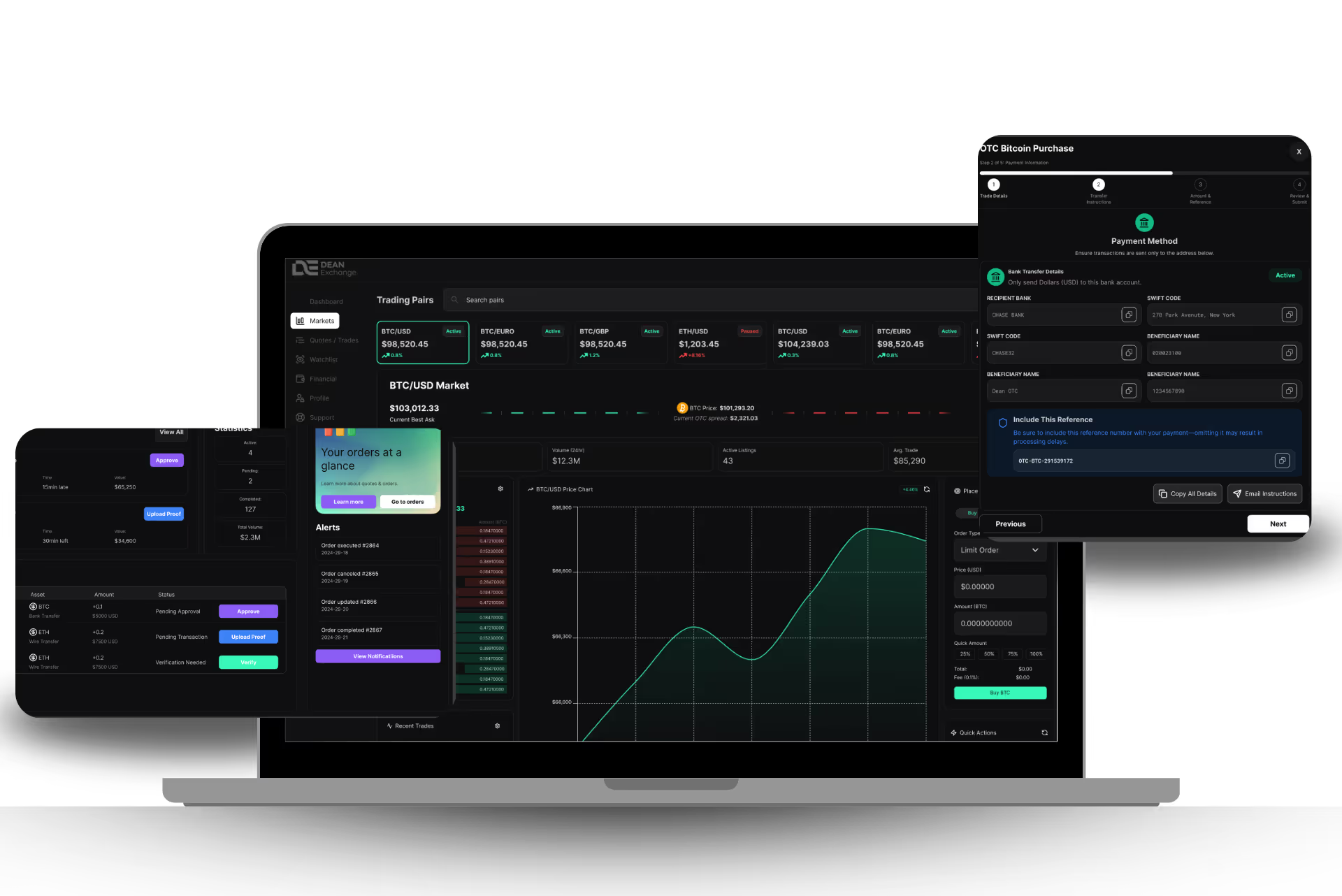By the
This is some text inside of a div block.
This is some text inside of a div block.
•
5
min read

As Web3 and decentralized systems continue to reshape the internet, digital identity is undergoing a major transformation. Instead of relying on centralized authorities to verify and manage our personal information, users are beginning to take ownership of their identities through blockchain-powered decentralized identity (DID) systems. One of the most promising ecosystems supporting this vision is Hedera Hashgraph, a public distributed ledger built for speed, security, and scalability.
In this guide, we’ll walk you through the basics of decentralized identity, how it works on Hedera, and what tools developers and users can leverage to get started.
What Is Decentralized Identity (DID)? Decentralized Identity allows individuals to create, control, and present their digital identities without the need for a central issuer or authority. Instead of usernames and passwords stored on centralized databases, users maintain control over their credentials using blockchain-based systems.
Key features of DID:
Why Use Hedera for Decentralized Identity? Hedera offers a unique infrastructure that makes it ideal for building DID systems:
Core Components of a DID System on Hedera
How to Get Started: A Step-by-Step Guide
Use Cases for Hedera-based DID
Dean Exchange Tip: Want to see this in action? Join our upcoming live session on decentralized identity tools where we build a Hedera-based DID wallet prototype in under 30 minutes.
Key Tools and SDKs to Explore
Challenges to Be Aware Of
Final Thoughts Decentralized identity is a cornerstone of the future internet, and Hedera offers a scalable, secure foundation to make it practical. Whether you’re a developer, enterprise team, or individual user, exploring DID on Hedera can open new doors for privacy, security, and user empowerment.
Ready to take control of your digital identity? Start experimenting with decentralized identity tools on Hedera—and let Dean Exchange be your guide in mastering Web3 identity systems.
Join our courses and live workshops to build your first decentralized identity today.


Join our newsletter for exclusive insights, breaking crypto trends, and learning opportunities—delivered straight to your inbox.